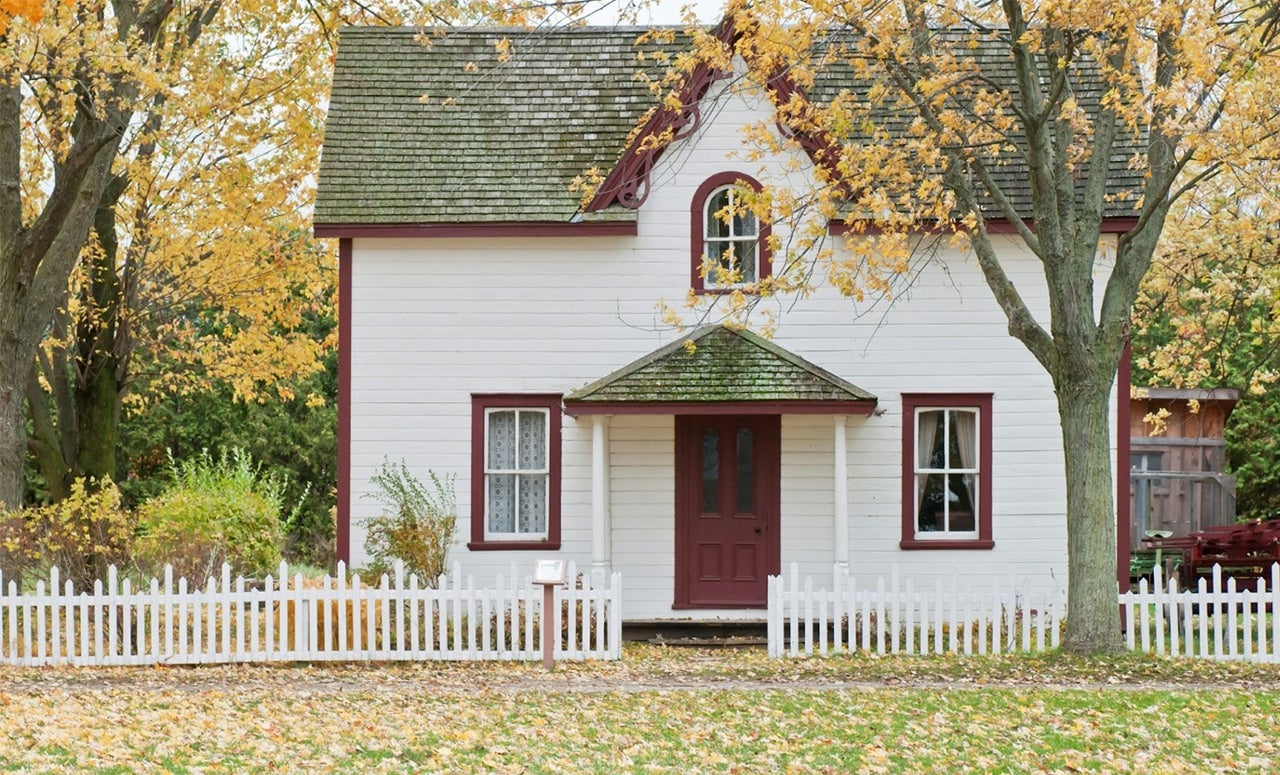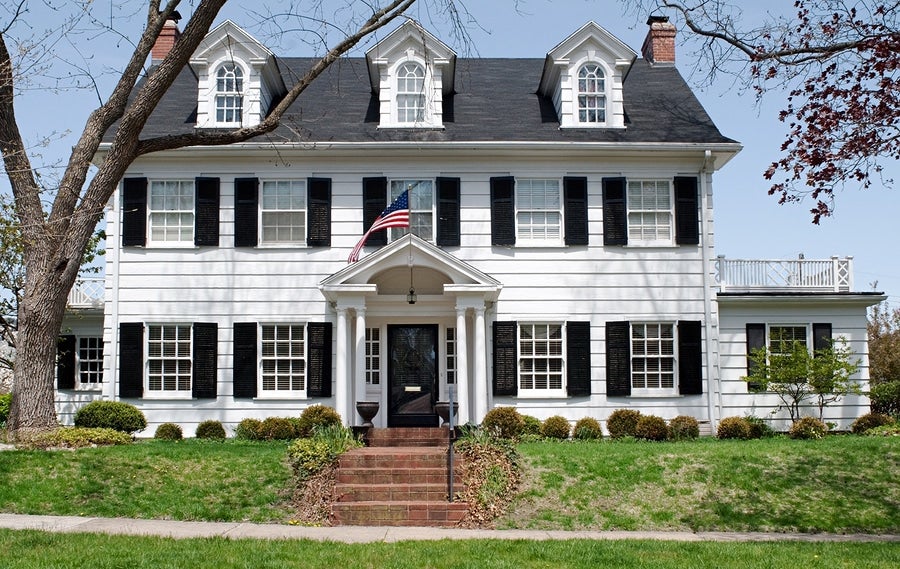As a Realtor, understanding the diverse home styles is fundamental to serve your clients effectively. Whether you’re assisting first-time homebuyers or marketing a listing for sellers, having a solid grasp of these exterior home styles will guide you throughout your career. In this comprehensive guide, I delve into the most common home architecture styles in the United States every real estate agent should know.
1. A-Frame
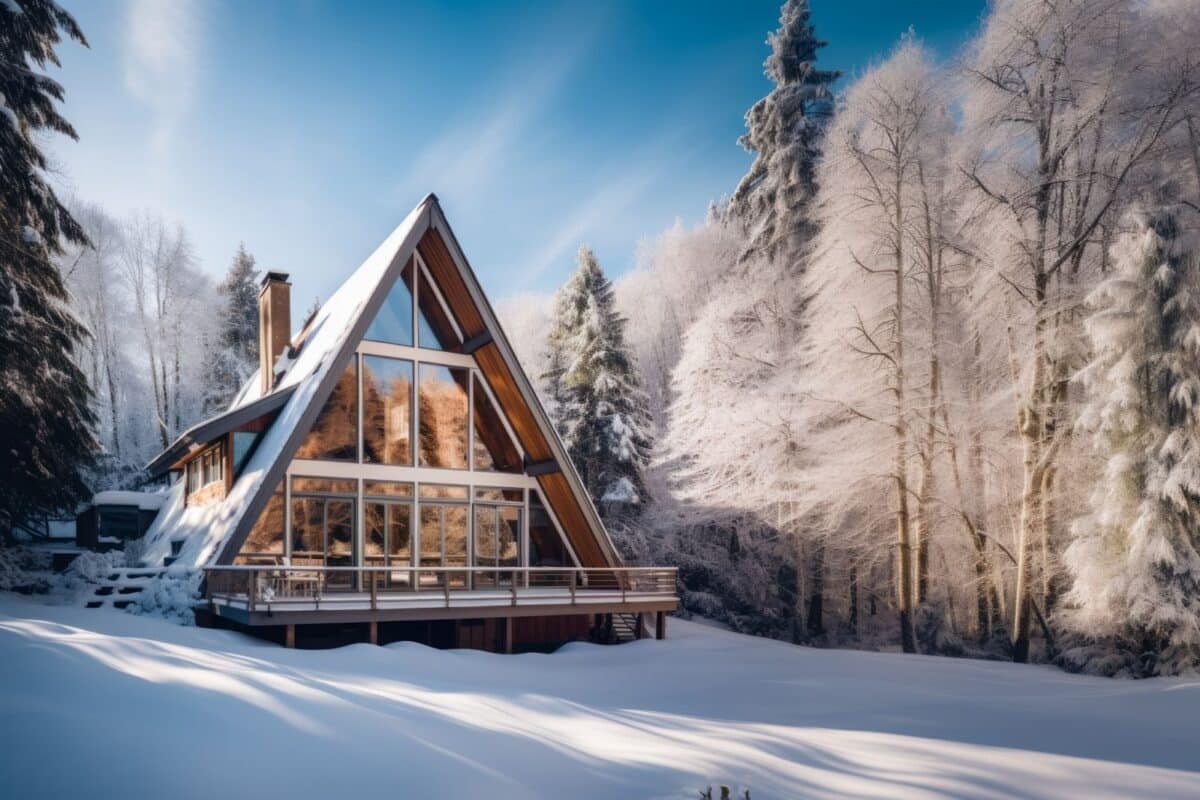
-
Period: 1950s-1990s
-
Commonly found in: Colorado, Oregon, everywhere
An A-frame house is characterized by its distinctive style that resembles the letter “A.” Aside from its triangular shape, A-frame houses typically have large windows, a loft space just under the roof, and an open floor plan. This home architecture is straightforward and cost-effective in design and construction, making it appealing to homeowners nationwide.
2. Brownstones
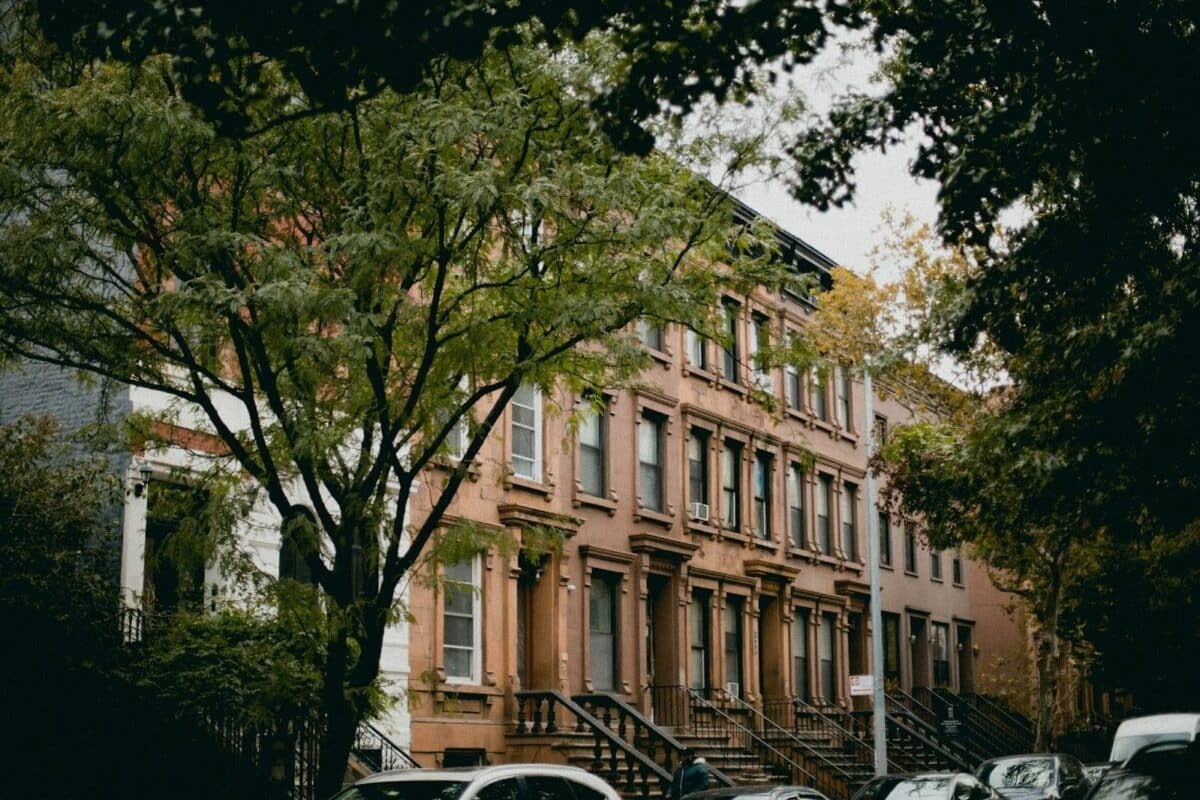
-
Period: 1840s-1890s
-
Commonly found in: Manhattan, Brooklyn, Philadelphia, and Boston
Built from the eponymous stone quarried in Connecticut, brownstones are a very popular style of townhouse in many East Coast cities. Many brick townhouses are mistaken for brownstones because of the way they’re painted, but true brownstones were always made from actual brownstone, which was a preferred building material because of its softness and ease of working with. Some common features of brownstones include a short flight of stairs leading up to the entrance, cast-iron railings, high ceilings, and bay windows.
3. Bungalow
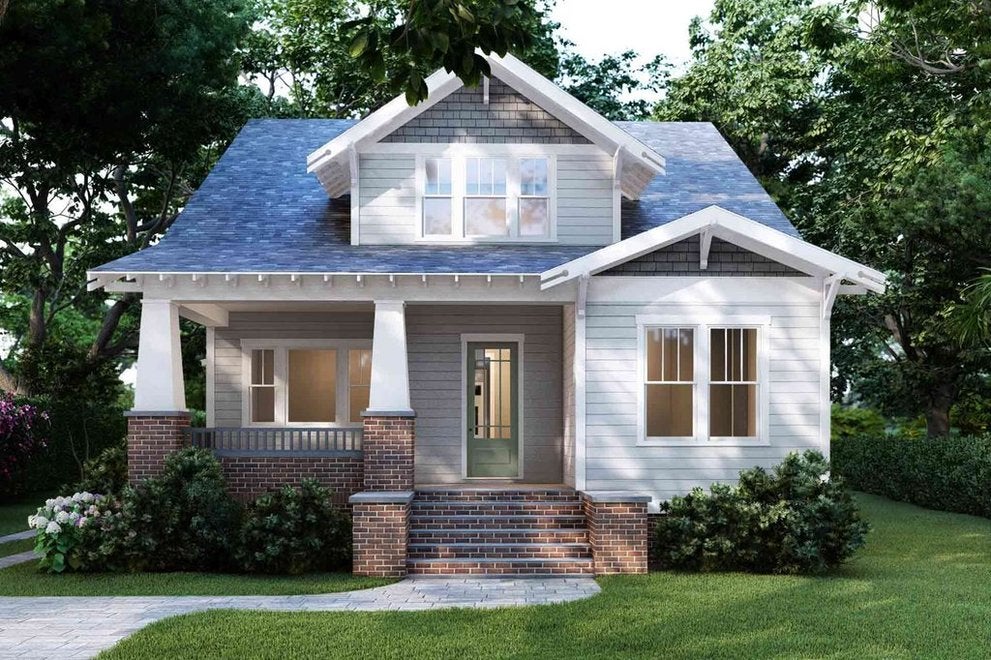
-
Period: 1940s-1960s
-
Commonly found in: California, Oregon, everywhere
Bungalows are relatively small, single-story homes. They often have small front porches and double-pitched roofs with small dormer windows—or roofed windows set on the sloped side of a roof. Want a fun talking point for your clients when you’re showing a bungalow? Tell them that the style and term originated from the word “bengala,” which referred to homes built in the style of the Bengal region of India.
4. Cape Cod
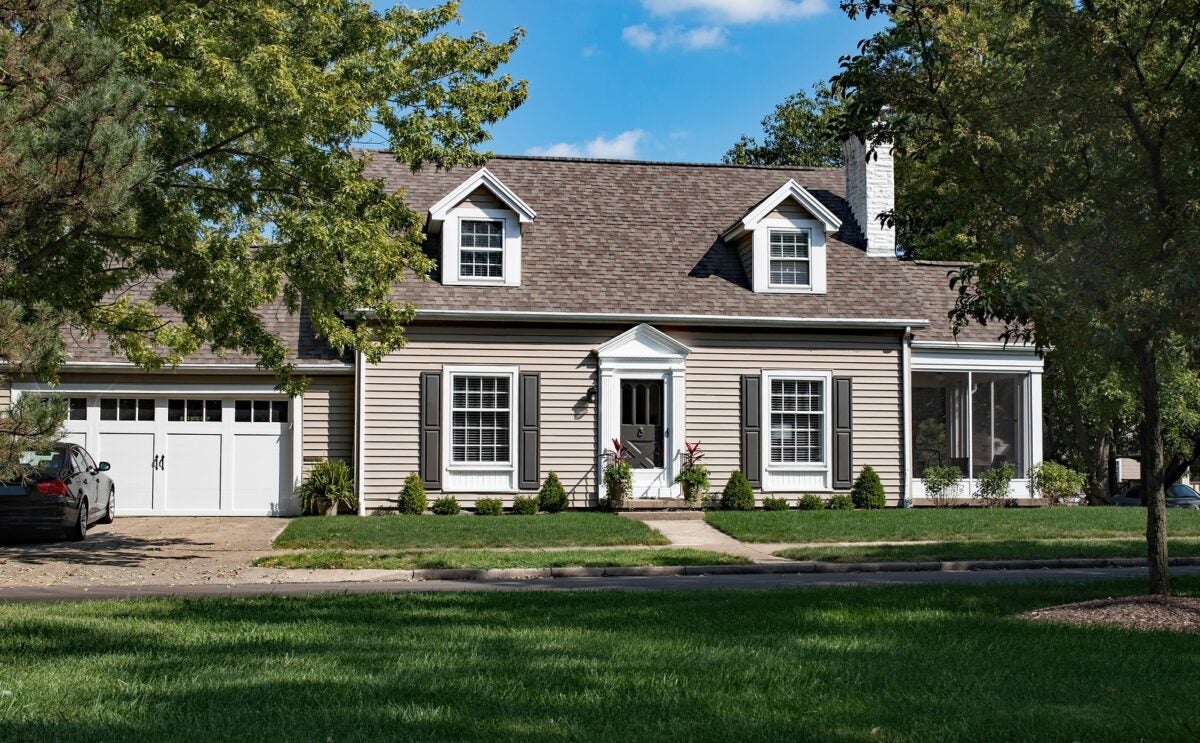
-
Period: 1740s-present
-
Commonly found in: East Coast, Midwest
Cape Cod style homes were very common with early American settlers due to their relative ease of construction and simplicity. They generally feature a single-pitched steep roof and a front door in the center with rows of windows on either side, shingle or clapboard siding, and minimal decorative elements.
5. Colonial
-
Period: 1700s-1780s
-
Commonly found in: Northeast, Southeast
Colonial houses are characterized by gently sloped roofs and an entrance door in the middle of the home, with two windows flanking the entrance door. Colonials can also have dormers, sunrooms, or other smaller additions to the sides of the home. They are frequently found in the Northeast and Southeast and are a popular style still built to this day.
6. Contemporary
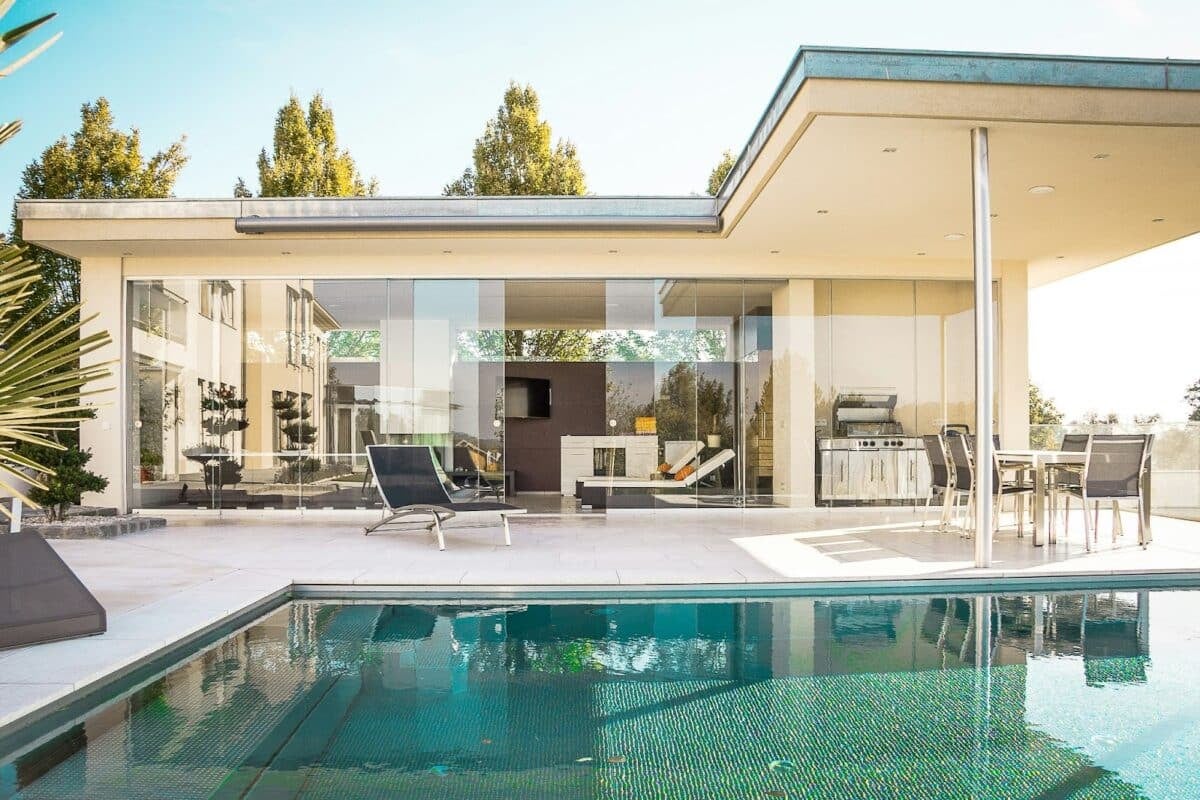
-
Period: 1990s-present
-
Commonly found in: Everywhere
Contemporary homes are homes that follow up-to-the-minute architecture and design trends. That means that a contemporary home built in 1990 will look significantly different from one built in 2024. Some common elements of contemporary or ultramodern homes include walls of glass, open-concept layouts, high ceilings, kitchen islands, formal and informal living rooms—and large open kitchens.
The Ultimate Guide to Home Staging (+ DIY Shopping Guide)
7. Craftsman
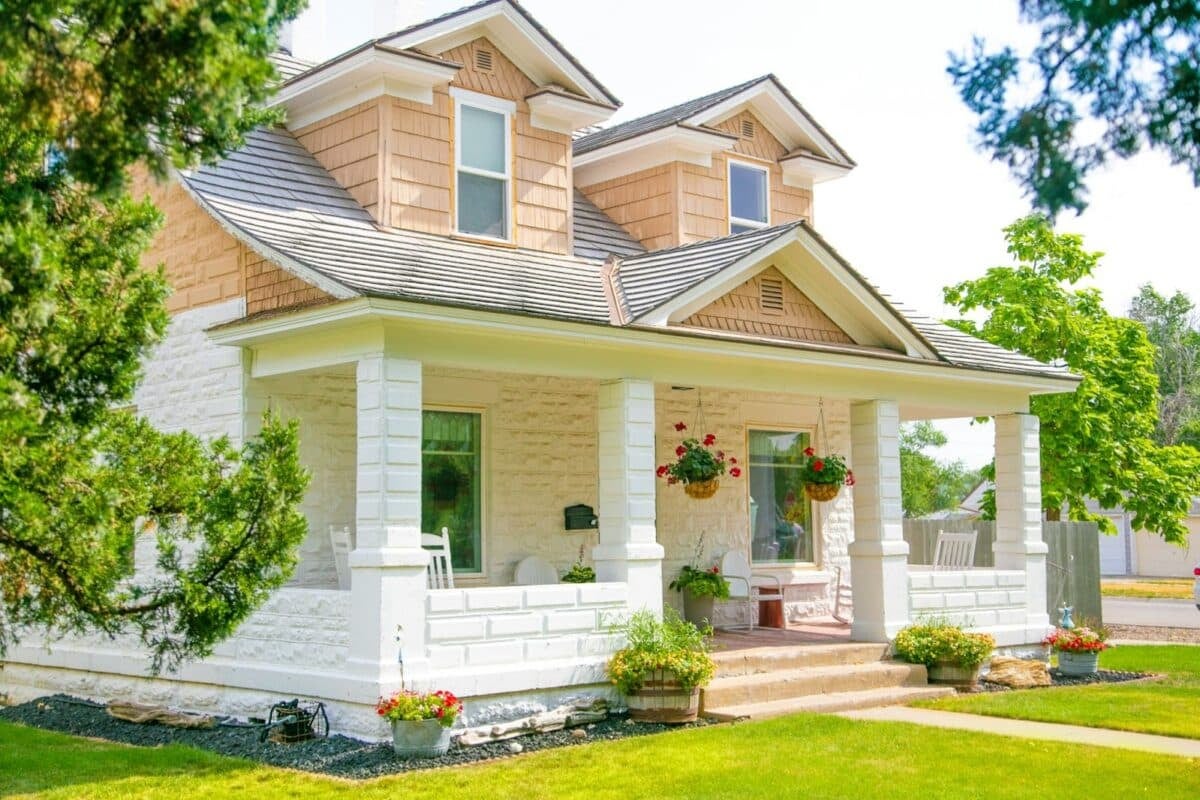
-
Period: 1905-1930
-
Commonly found in: California, Seattle, Oregon
With design elements from the British arts and crafts movement of the late 19th century, craftsman-style homes became extremely popular in the early 20th century. The characteristic elements of a craftsman-style home include a low-slung roof, large front porches with a staircase, large squared off columns, and minimal decorative elements.
8. Federal
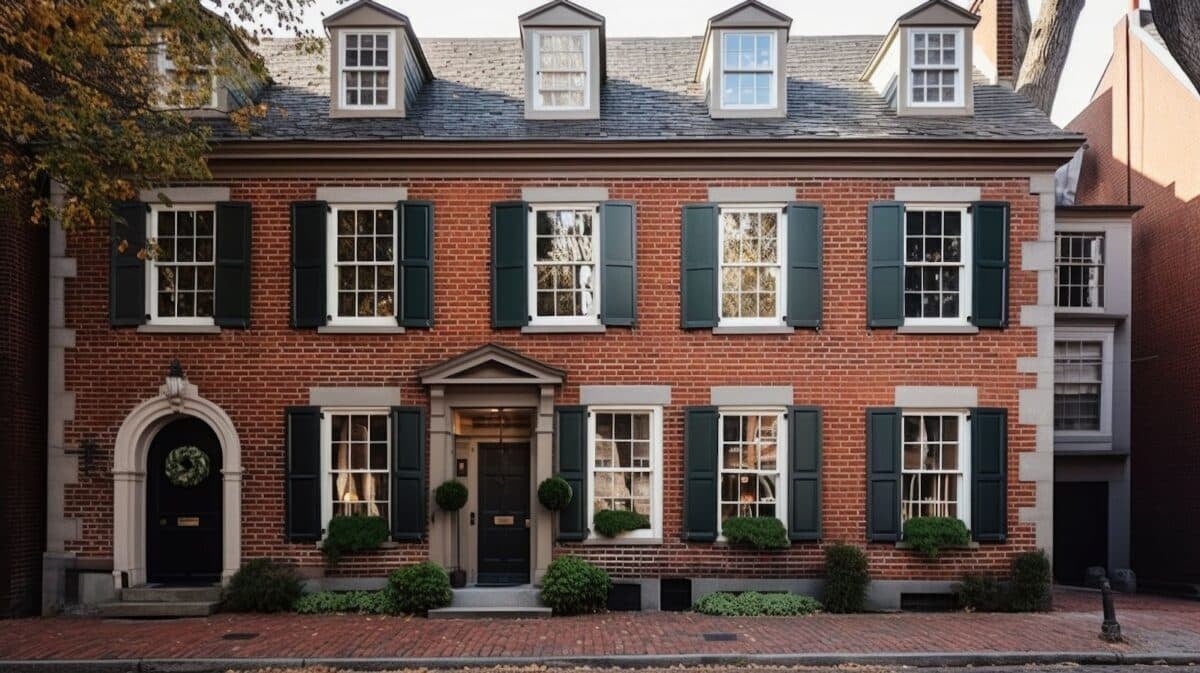
-
Period: 1780s-1800s
-
Commonly found in: Northeast, Southeast
When colonial style homes fell out of favor in the 1780s, federal style homes took their place. Federal-style homes are very similar to colonials, except they tend to have more decorative elements, round windows, columns, and dual chimneys.
9. Georgian
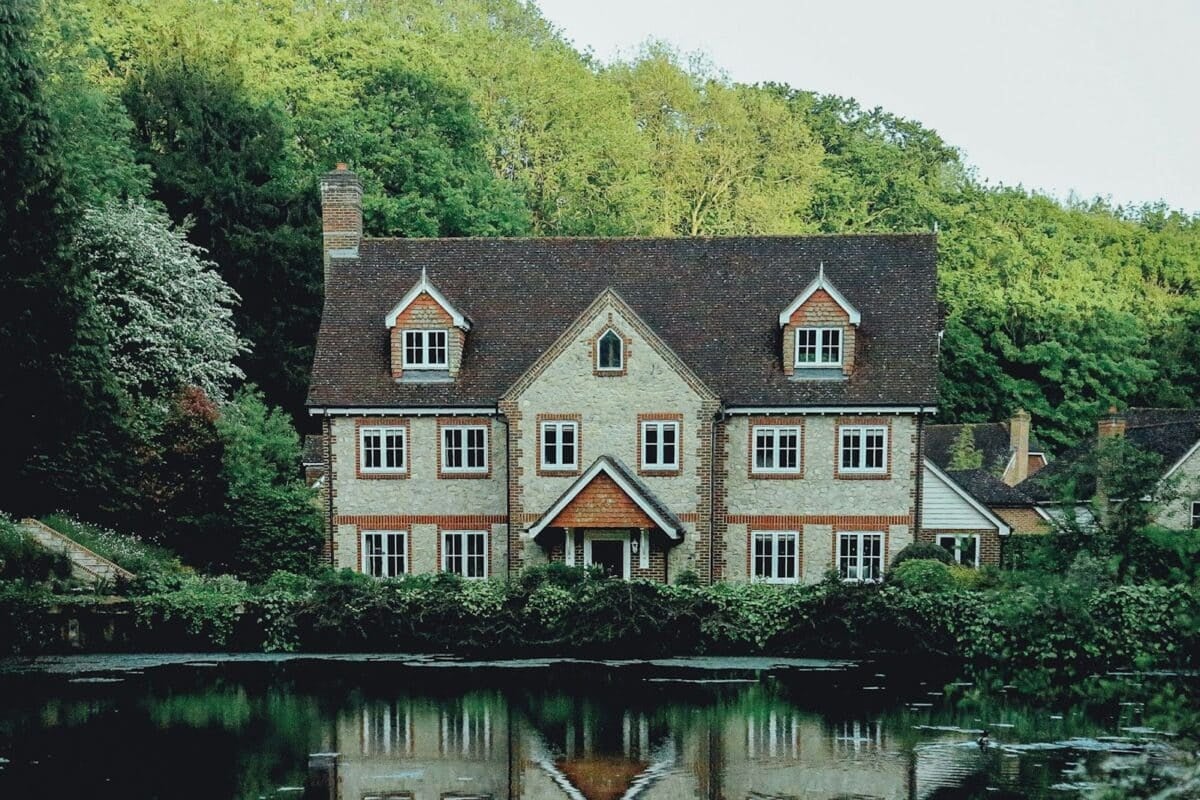
-
Period: 1700s-1830
-
Commonly found in: East Coast
Georgian architecture in the United States was heavily influenced by the architectural trends of Britain during the reigns of the first four King Georges. A Georgian house often features two or three stories of brick and stone, proportioned windows, and a central entry hall. Its interiors usually include formal dining and drawing rooms, marble fireplaces, high ceilings, and grand staircases with elegant handrails.
10. Greek Revival
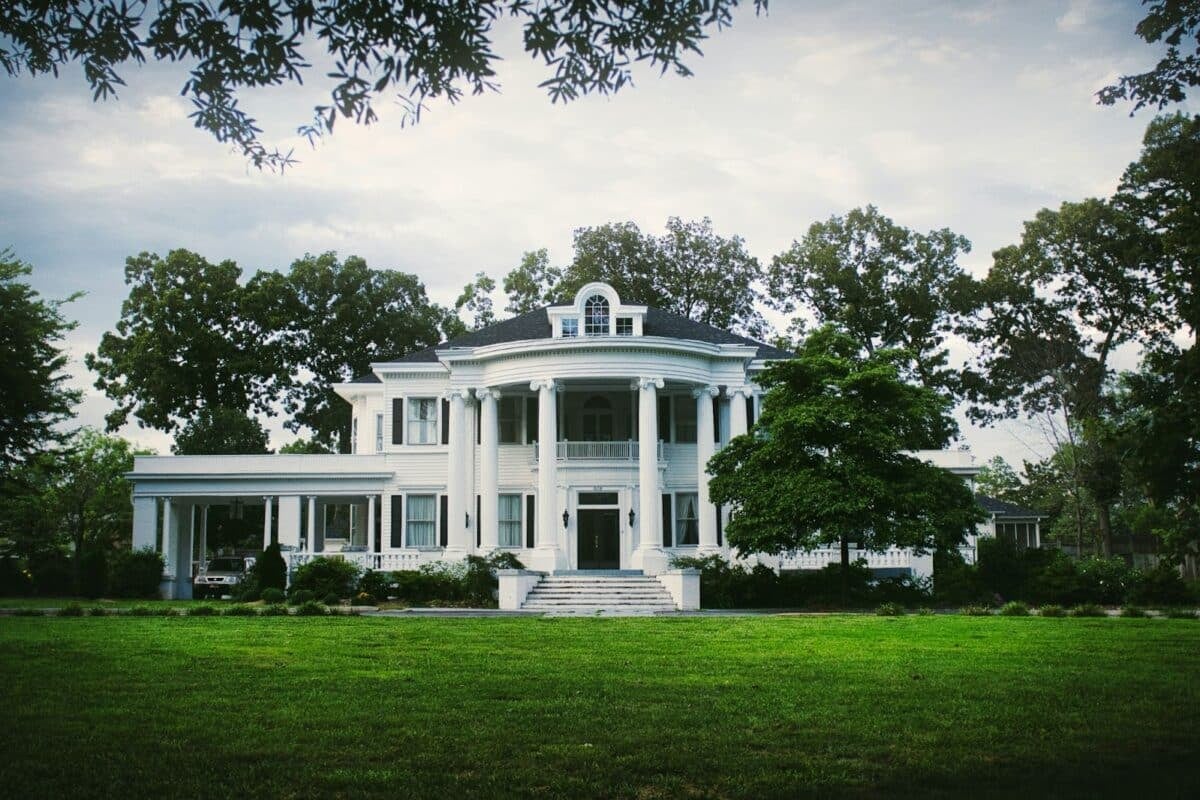
-
Period: 1820s-present
-
Commonly found in: Southeast, Middle Atlantic region
Often called America’s first unique architectural style, Greek revival homes were inspired by elements of ancient Greek architecture. These frequently include large columns at the entryway or along the entire front of the home, symmetrical double-hung windows, and large front doors with sidelights. Ornamentation is generally very restrained and almost minimal. Also referred to as the national style, Greek revival homes are very popular in the South, especially for mansions and plantation homes.
11. Italianate
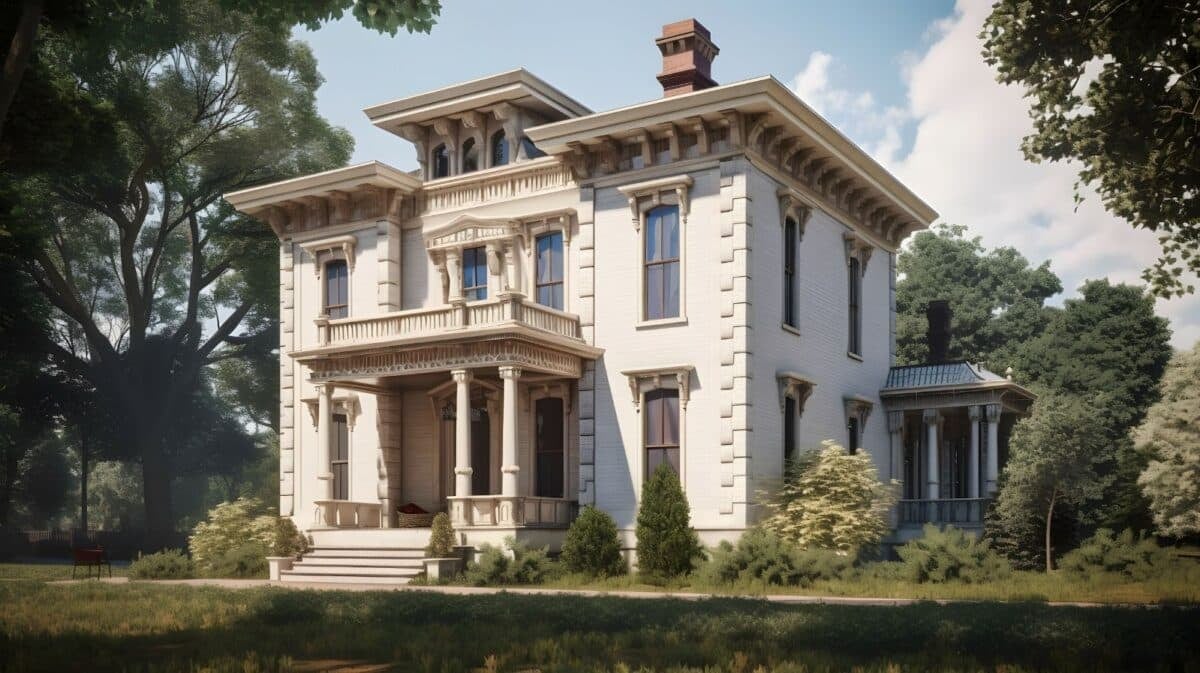
-
Period: 1840s-1880s
-
Commonly found in: Eastern states
Originated in the mid-19th century in the United States, Italianate style is regarded as a form of Victorian architecture as it was popularized during the Victorian era. An Italianate-style house features a low-pitched roof, porches supported by decorative columns, ornate brackets, and tall, narrow windows. Indoors, Italianate houses often have high ceilings, grand staircases, marble fireplaces, and murals on walls and ceilings.
12. Mediterranean
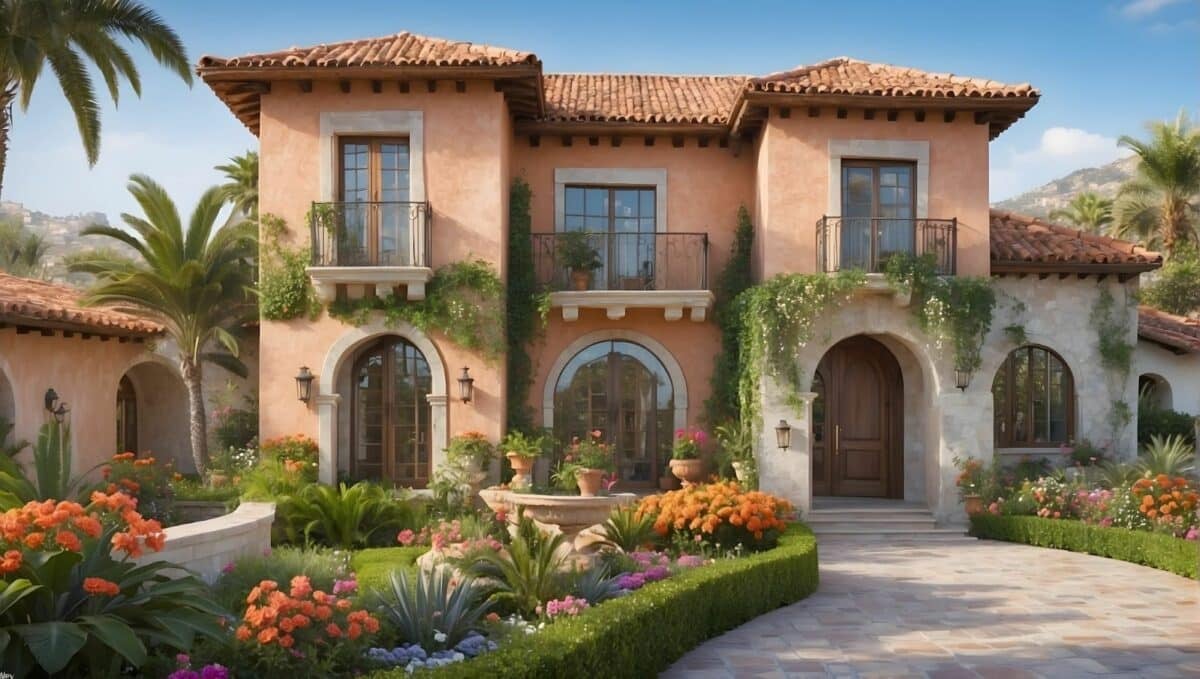
-
Period: 1920s-1960s
-
Commonly found in: Arizona, California, Florida, Texas, and other Southern states
Inspired by the Mediterranean regions of Europe, Mediterranean homes are prevalent in areas with warmer climates. Some common elements of a Mediterranean home include terracotta tile roofs, wrought iron balconies, arched doorways, and stone accents. Inside, you’ll usually find exposed ceiling beams, mosaic tiles, plaster accents, and a warm color palette that never goes out of style.
13. Midcentury Modern
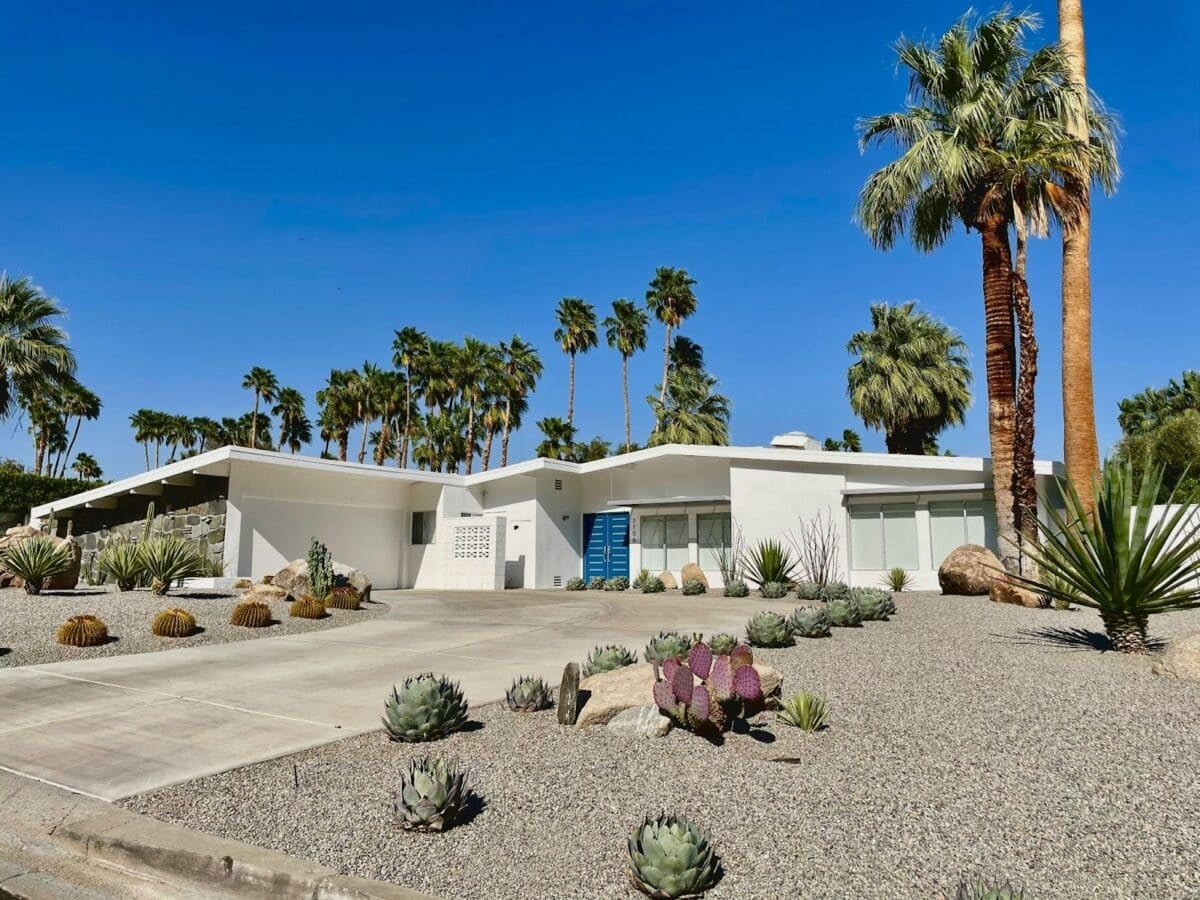
-
Period: 1940s-1960s
-
Commonly found in: New Canaan Connecticut, Chicago, Los Angeles, New York
Inspired by high modernist European architects like Le Corbusier and Ludwig Meis van der Rohe, the midcentury modern movement in American houses began in the 1940s and became extremely popular. Common features include minimalist design with no ornamentation, single-story construction, large picture windows, flat roofs, and an attempt to blend the natural surroundings into the home’s design. Interiors usually have open layouts with few walls separating the space, allowing rooms to blend into one another.
14. Modern Farmhouse
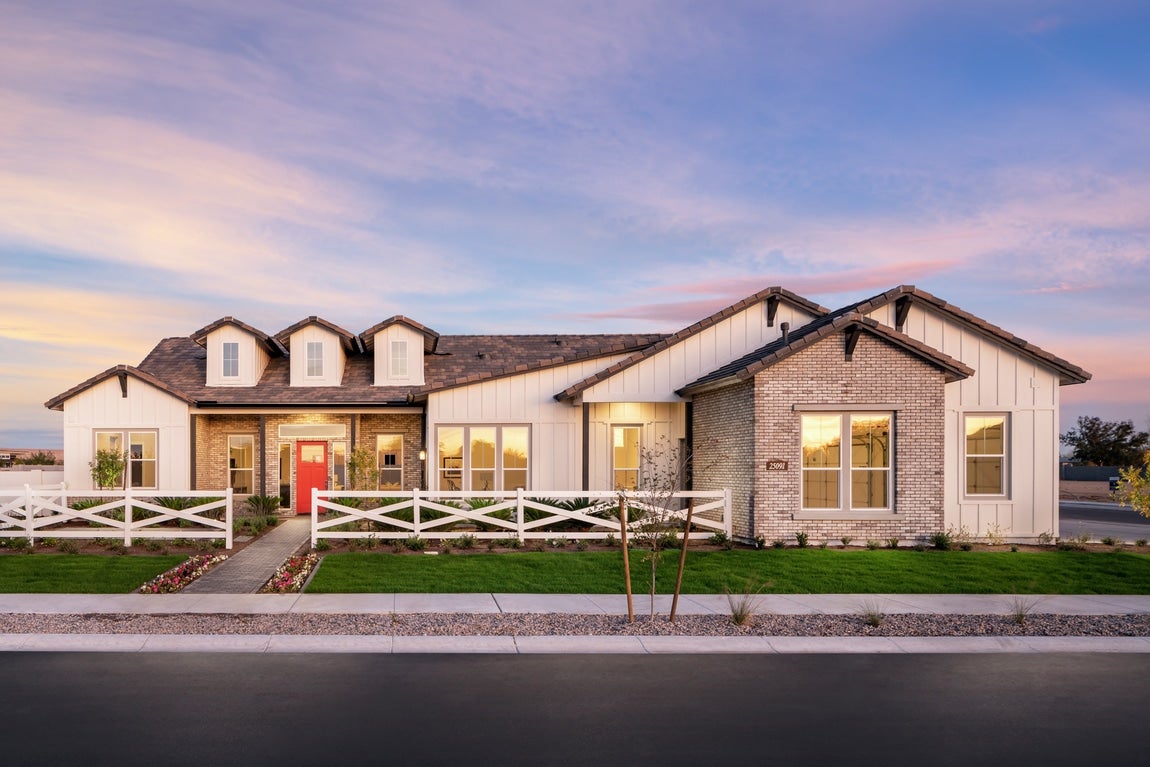
-
Period: 2000s-present
-
Commonly found in: Midwest, South
Modern farmhouse homes are prevalent in areas with agricultural fields or large plots of land, such as Arizona, Georgia, Iowa, Tennessee, and Texas. The modern farmhouse home style reflects a nostalgia for rural life, even in urban settings. Some standard features of a modern farmhouse are barn doors, neutral color palettes for doors and windows, open floor plans, and wide porches.
15. Postmodern
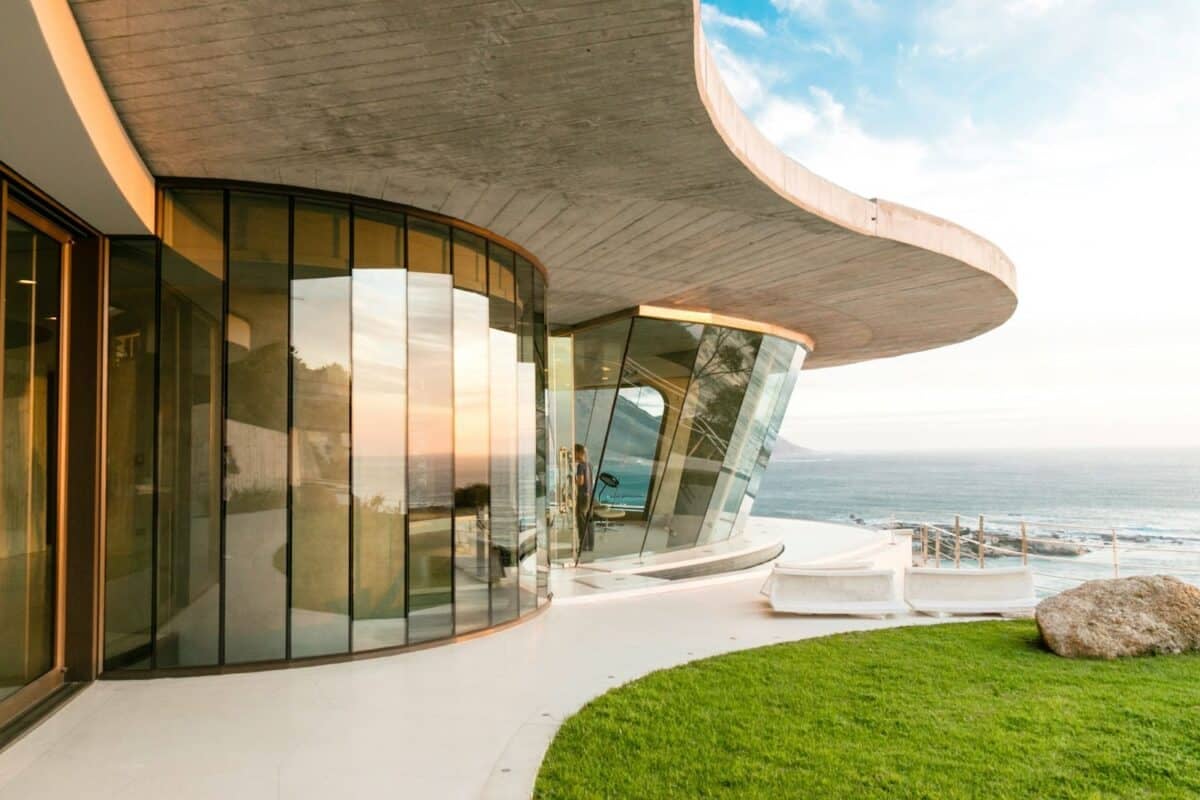
-
Period: 1980s-present
-
Commonly found in: California, everywhere
The postmodernist movement was a philosophical and artistic movement in the 1980s that questioned traditional modernist ideals and employed irony in home design. Postmodern homes might borrow elements from Spanish, midcentury modern, or even Victorian elements into one house. Some features of postmodern houses include eclectic designs, open floor plans, quirky decorative elements, and a bold color palette.
16. Prairie
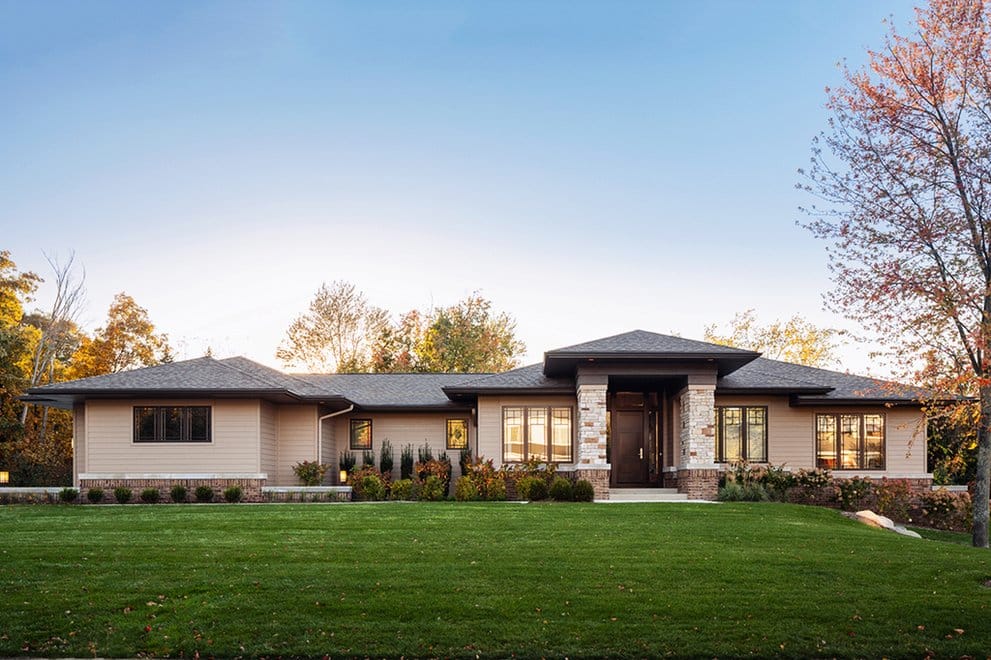
-
Period: 1905-1915
-
Commonly found in: Illinois, Wisconsin
Popularized by Frank Lloyd Wright, prairie-style houses are known for their distinctive horizontal layout. Some common features of the prairie style include low-hipped roofs, large windows, central chimney, and a rectangular shape.
17. Queen Anne
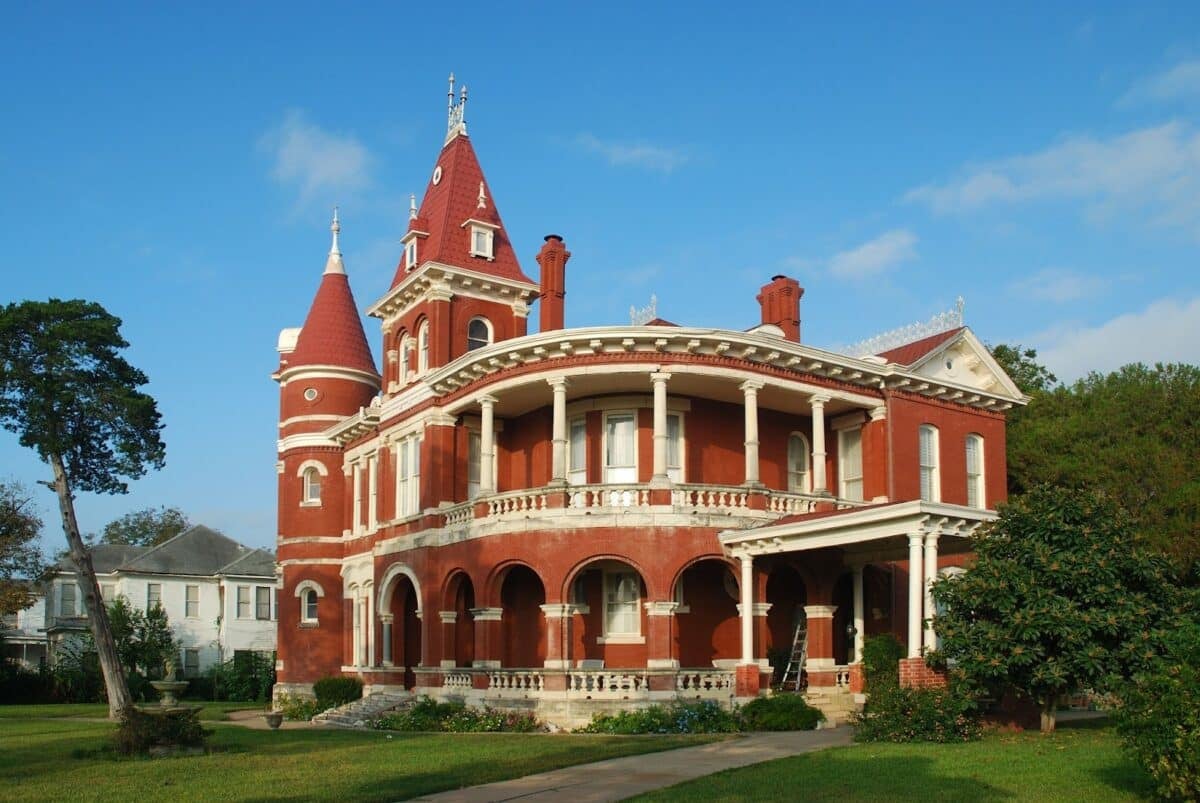
-
Period: 1880s-1920s
-
Commonly found in: Northeast, Southeast, California
Queen Anne style homes are a type of Victorian home that is even more ornate than a typical, earlier era Victorian. Queen Annes tend to have features like large rounded turrets, steeped roofs with many pitches, stained glass, finials (decorative elements found on top of architectural structures), ornate shingles, and enclosed rounded porches.
18. Ranch
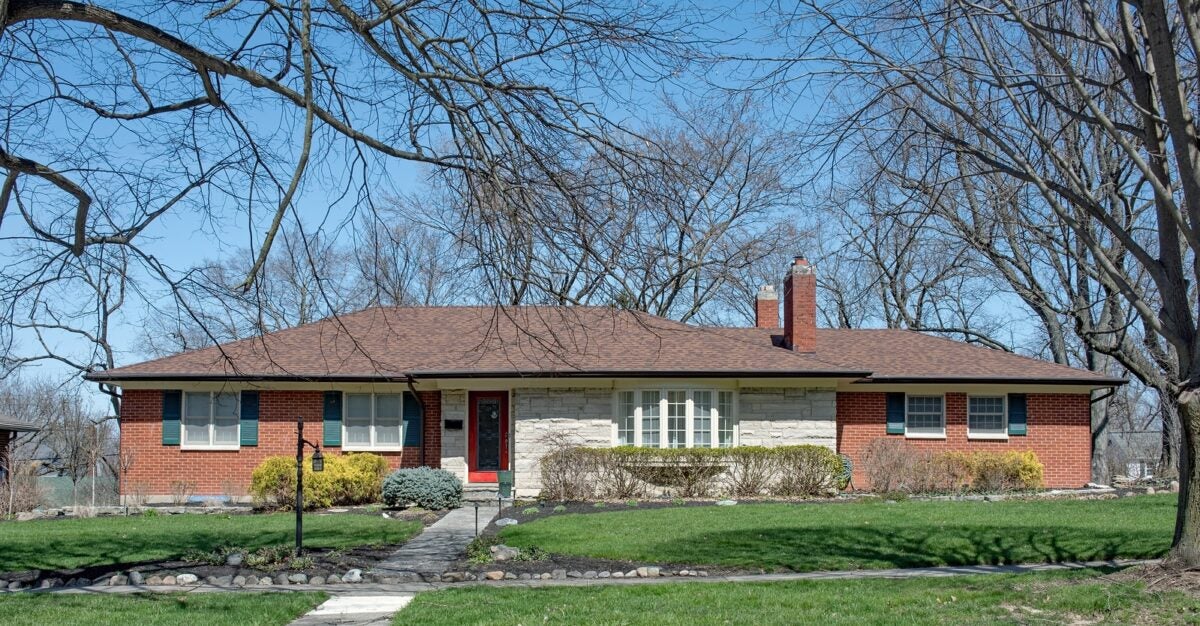
-
Period: 1920s-present
-
Commonly found in: West Coast, everywhere
Ranch style homes are the modernist answer to affordable family living. With only one story and low-slung roofs, ranch homes allowed for open-plan layouts and a more laid-back, less formal style of living that became popular in the early 20th-century modernist movement. Ranging from luxurious and sprawling midcentury modern homes to the most basic starter homes, ranch houses are truly versatile and built for American families from every walk of life.
19. Rowhouses
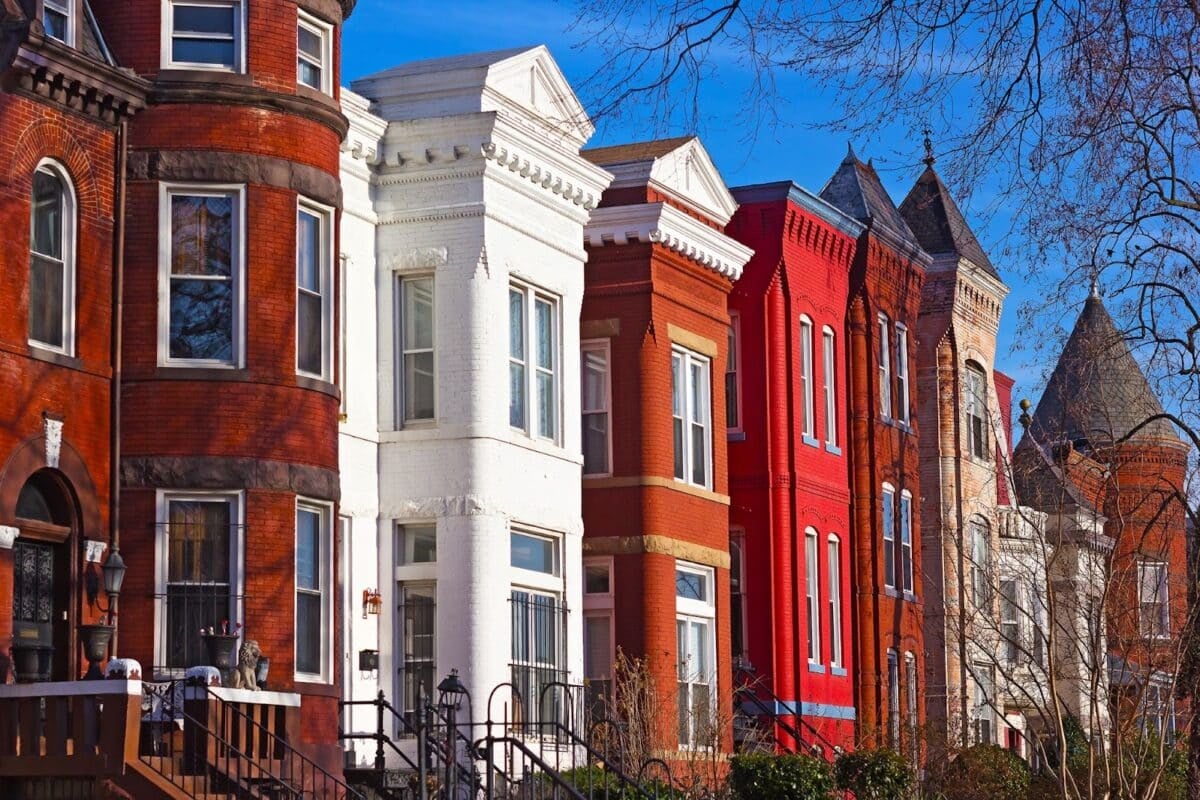
-
Period: 1820s-present
-
Commonly found in: Manhattan, Brooklyn, Philadelphia, Boston, Washington D.C., Baltimore
A rowhouse is a single-family home that shares a roofline and one or more walls with a group of other homes on a single block. Rowhomes were a very popular style of housing in 19th-century American cities due to the cost savings of building multiple homes at once on one plot of land. While rowhomes generally share many of the same features, including window styles and placement, front stoops, and yards, some rowhouses were built with eclectic styles of homes grouped together.
20. Saltbox
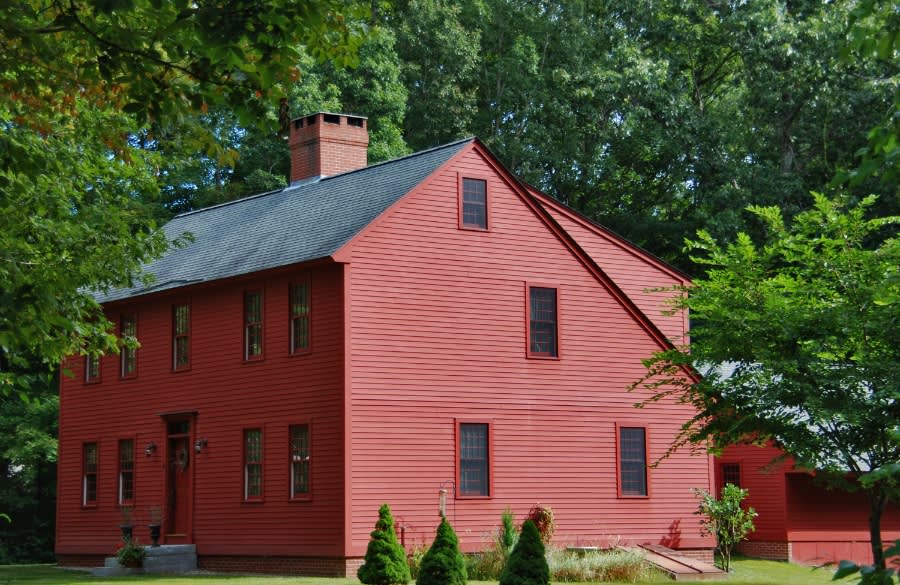
-
Period: 1700s
-
Commonly found in: Connecticut, Maine, Massachusetts, New Hampshire, Rhode Island
The term “saltbox” originates from the resemblance of wooden boxes used for storing salt in colonial times. Saltbox houses generally have rectangular shapes, central chimneys, asymmetrical roofs, and two stories, with the second having a sloped roofline. Some inside features include wide plank floors, brick fireplaces, and exposed ceiling beams.
21. Spanish
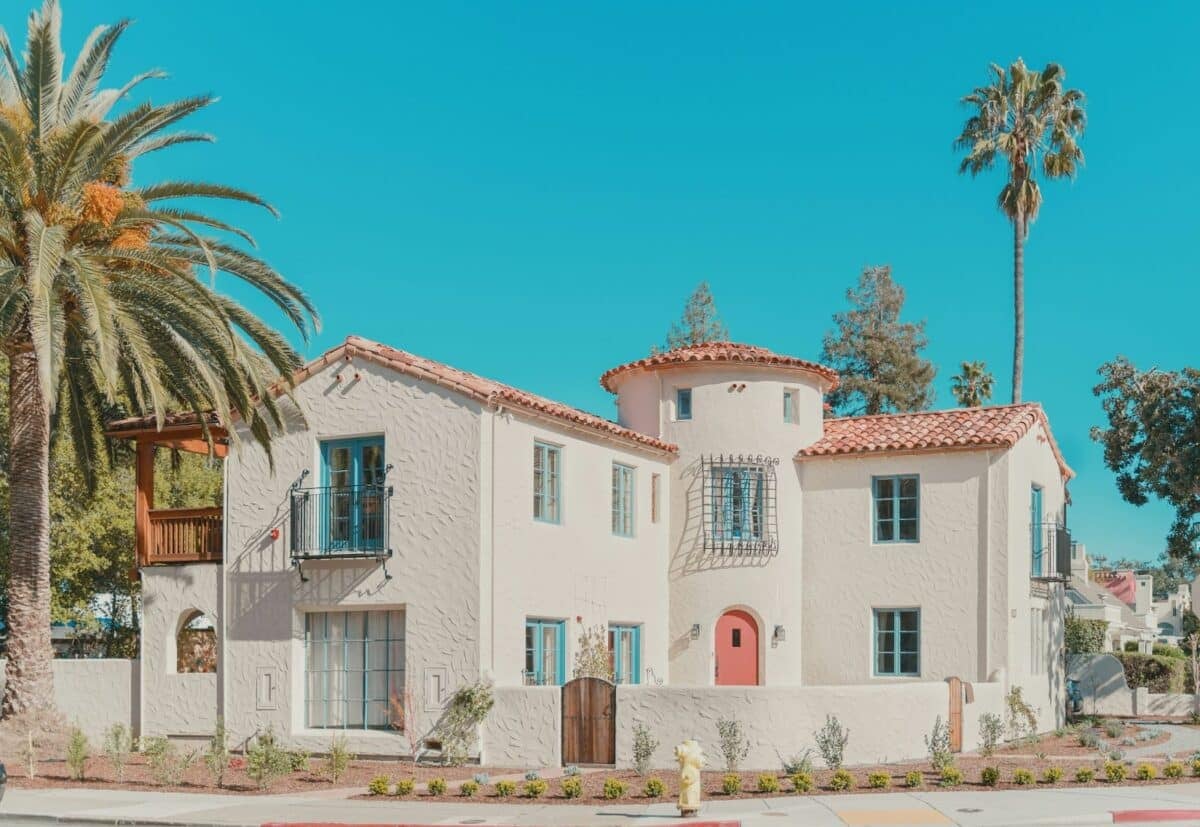
-
Period: 1920s-present
-
Commonly found in: California, Southwest
Inspired by the architecture of Spain, Spanish-style homes generally have low-slung roofs, terracotta roof tiles, and white plaster walls. The interiors frequently have tile floors and arched entryways and windows.
22. Split Level
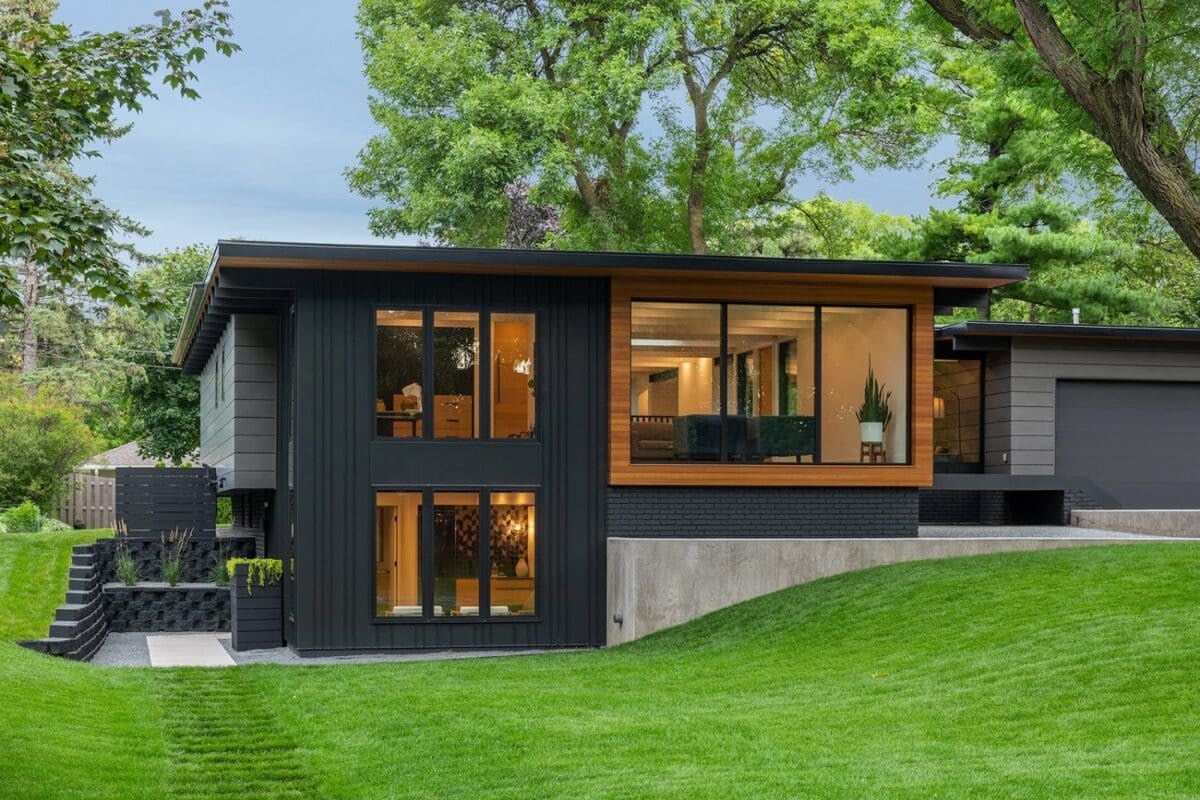
-
Period: 1950s-present
-
Commonly found in: West Coast, everywhere
Split-level homes are multi-floor houses with short flights of stairs connecting each level. On the East Coast, split levels almost always have an entryway that opens onto two flights of stairs, one going up to the second level, and another heading down to the first or ground floor. The top floors of a split-level home tend to have full-height ceilings while lower levels might have lower ceilings.
23. Storybook
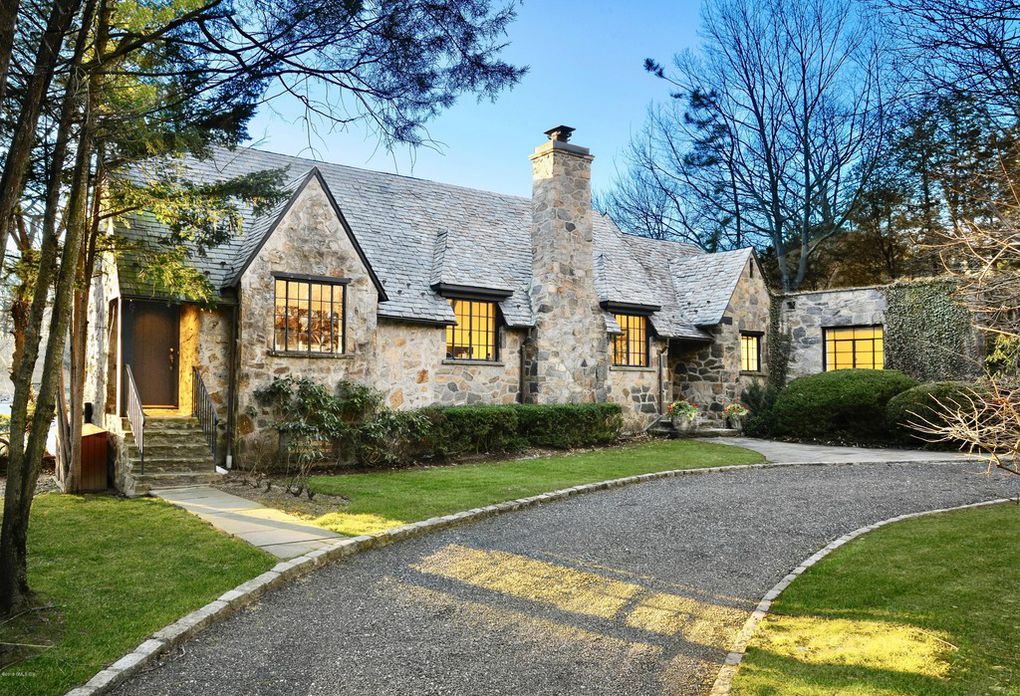
-
Period: 1920s-present
-
Commonly found in: California, everywhere
Storybook homes are houses that take design cues from medieval European homes that were popularized by fairy tales and castles. Often incorporating stone and shingle roofs, you can usually tell if you’re looking at a storybook home if it wouldn’t look out of place in a Disney cartoon about knights and princesses. Some common features of storybook homes include arched doorways, cozy nooks, stone fireplaces, textured ceilings, and a warm color palette.
24. Tudor
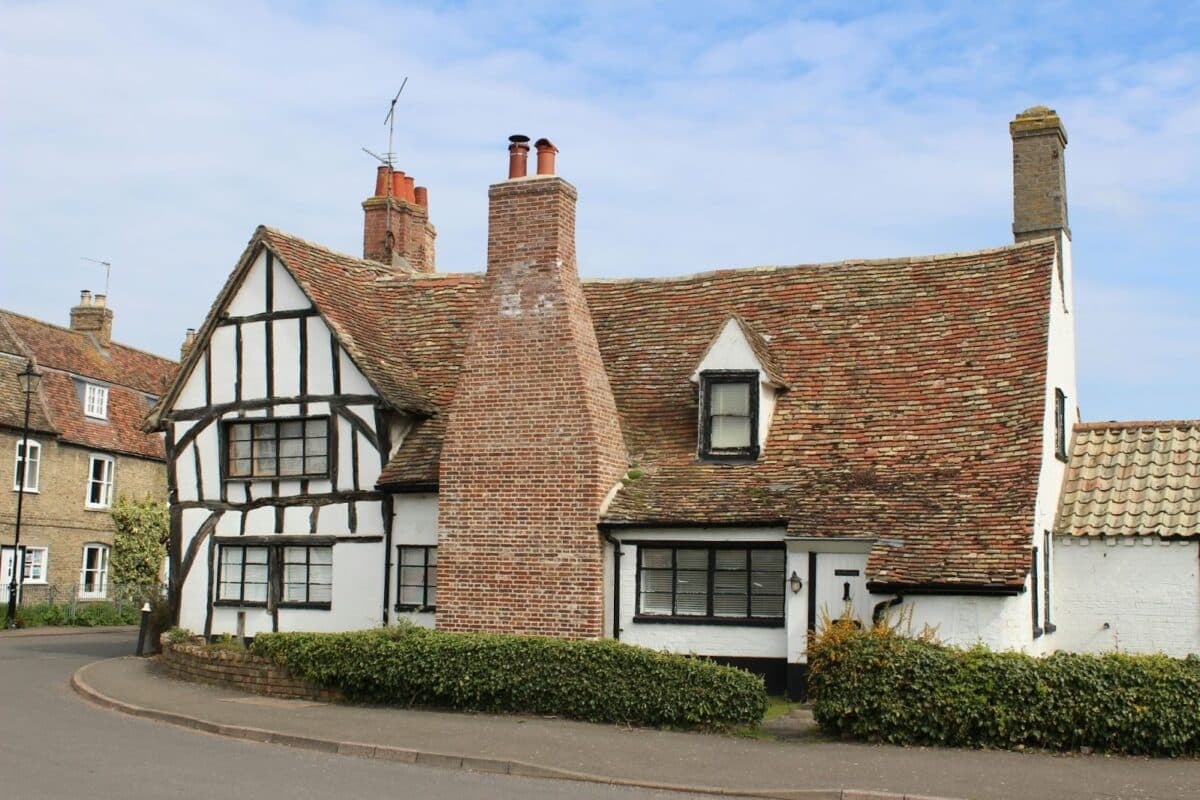
-
Period: 1850s-1970s
-
Commonly found in: East Coast, Midwest
Tudor homes generally have high sloped roofs with multiple pitches, brick or stone construction of facades, chimneys, and the trademark faux exposed timbers set in white stone or stucco. Tudor homes saw a resurgence in popularity in the 1920s, and entire neighborhoods like Forest Hills in Queens, New York, are almost entirely Tudor houses. Some common interior features of Tudor houses include low ceilings, exposed timber beams, decorative wood carvings, and oak paneling on walls.
25. Victorian
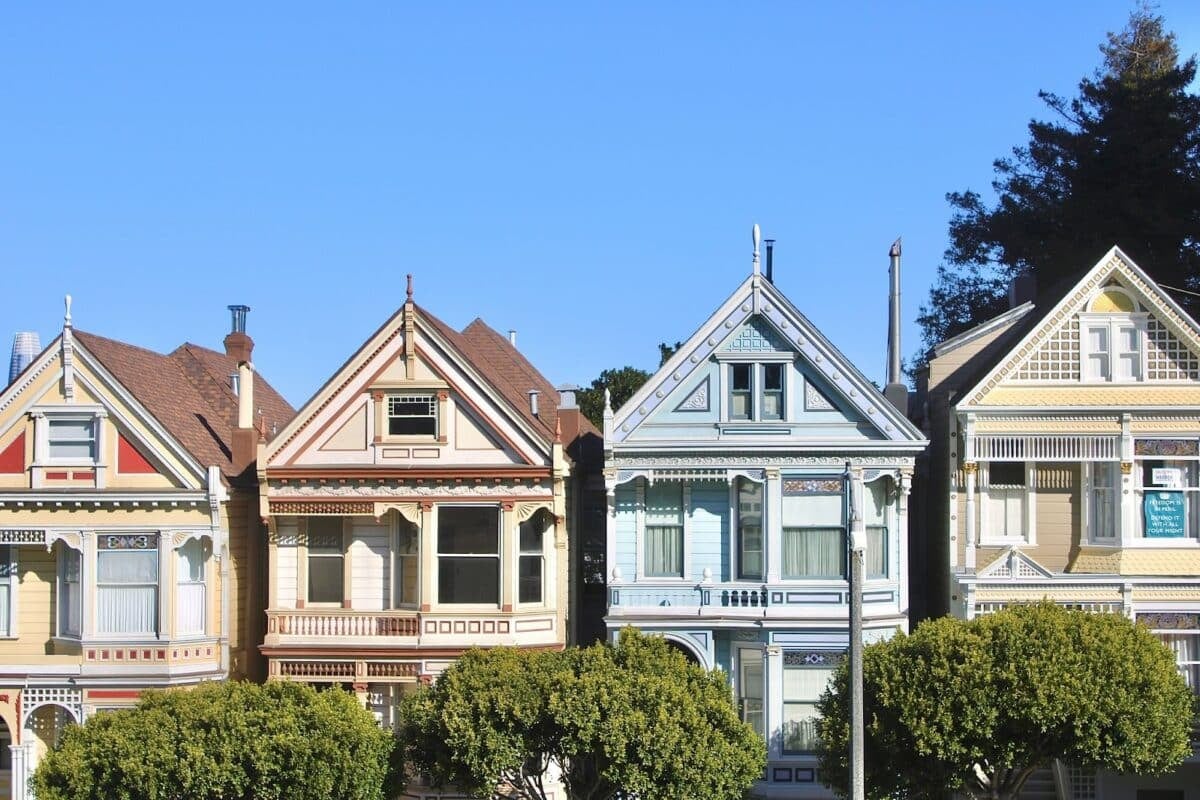
-
Period: 1850s-1920s
-
Commonly found in: East Coast, Midwest, San Francisco
Based on the Victorian design movement in England, Victorian homes in the United States featured ornate decoration on the outside of the home including steep gabled roofs, bay windows, rounded turrets, and dormer windows. Inside, Victorian homes usually feature patterned wallpapers, grand staircases, high ceilings, and ornate fireplace mantels.
Home Styles: FAQs
What is a house style & what are some examples?
A house style refers to a particular architectural design that characterizes a specific type of residential building. Different home styles have distinct features and elements that set them apart. Some styles of homes are A-frames, postmodern, and Victorian.
What are the 5 types of houses?
Although there are more than five types of houses, some examples that we frequently see in the United States are single-family, apartments, condos, townhouses, and semi-detached homes.
What style of house is most popular?
While there has been a growing interest in contemporary and midcentury modern housing styles, colonial, ranch, and craftsman still remain popular across the United States.
Over to You
Whatever your real estate niche is, make sure you’re well versed in the different home styles. Have something you think we need to add to our list of common styles of homes in the United States? Let us know in the comments!






